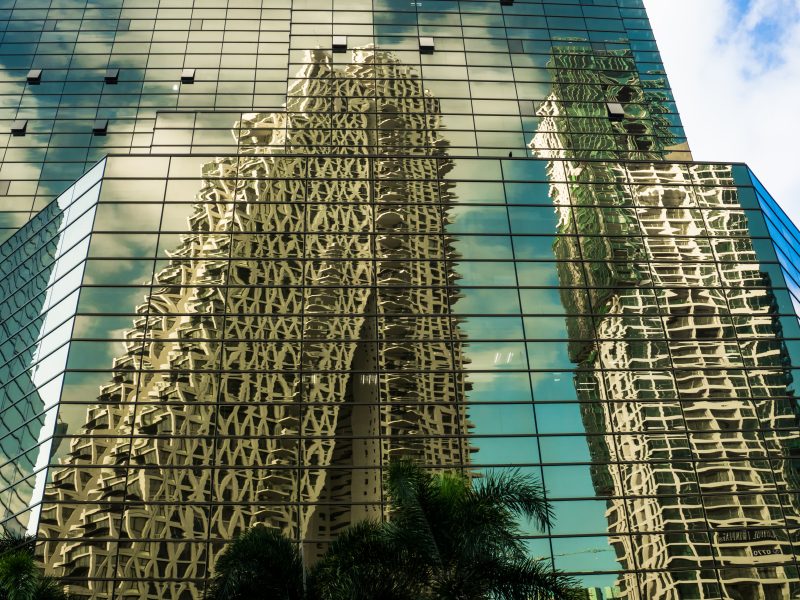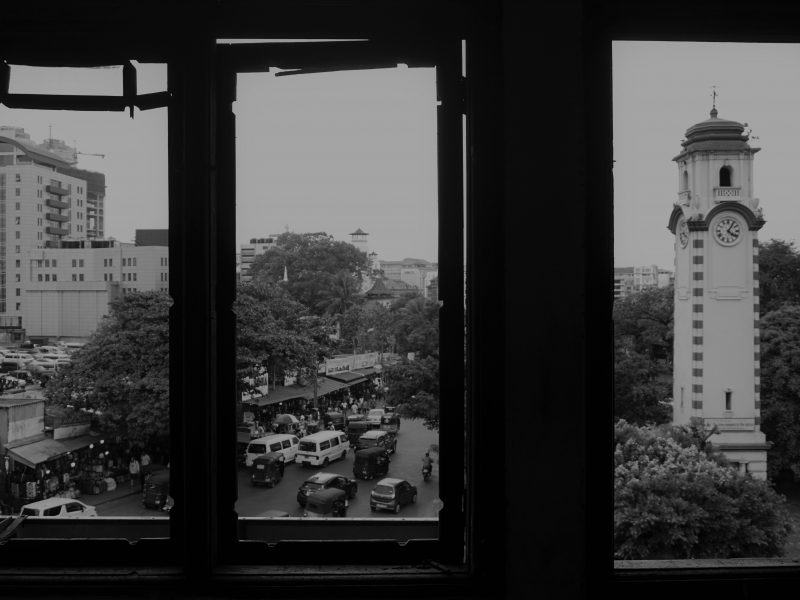By Ranmalee Nanayakkara
The current economic crisis is an unprecedented one – but nevertheless, it is a crisis that has been in the making for the past 70 years. At the time of independence, Sri Lanka’s performance in most major socio-economic indicators was second only to Japan in Asia and over the decades, country’s economy had deteriorated due to poor economic management.
Speaking at the panel discussion titled ‘Decoding the Economic and Political Crisis in Sri Lanka’ organized by the Asia Society’s India Centre, Dr. Indrajit Coomaraswamy (former Governor of the Central Bank) outlined the root causes of Sri Lanka’s economic crises and the ways in which country could get out of economic crisis.
According to Dr. Coomaraswamy, Sri Lanka’s downfall is a result of consistent macroeconomic stress since independence. In Dr. Coomaraswamy’s eyes, the social and political ills facing Sri Lanka emerged from this macroeconomic stress. Sri Lanka’s economy has been defined by high budget deficits, high inflation, high nominal interest rates and a largely overvalued currency – diametrically opposed to the nature of the economies of the successful South East Asian countries.
The primary cause for the collapse of Sri Lanka’s economy has been the management of government budget over the last 70 years. Populist politics and a culture of entitlement from the people led to the growth of an unsustainable budget deficit. Notably, Sri Lanka has twin deficits: deficits in both the budget and the current account. The budget deficit (the worse of the two) has long been plagued by inadequate tax revenue collection. While insufficient tax revenue has been a consistent problem in Sri Lanka’s history, it was amplified in December 2019 when the Rajapaksa government introduced sweeping tax-cuts that reduced government revenue significantly, thus worsening the budget deficit to uniquely dire straits. In addition, successive post-war governments failed to pass the structural reforms required to ease the costs of doing business in Sri Lanka, thus restricting the healthy growth of a free market.
With regard to the current account deficit, Dr Coomaraswamy points out that exports of goods and services fell from around 39% of GDP in 2000 down to only 20% of GDP at present. The reduction in export revenue is caused by a multitude of reasons, such as increasing protectionism within Sri Lanka which weakened the quality and diversity of exports, inhibiting Sri Lanka’s ability to participate in cross-border supply chains. These structural causes are also impacted by proximate causes. The fertilizer ban, the pandemic, and the Ukrainian crisis added both supply and demand tensions which exacerbated the primary causes discussed above.
There are five priority areas that must be pursued to resolve the current economic crisis, which the government is now engaging with. Working with the IMF for rapid relief is essential, and debt-restructuring and bridging finance are crucial to alleviating immediate pinches. The government is also prioritizing the stabilization of both the banking system and the social safety net, in order to protect vulnerable individuals from the worst of the economic crisis. To conclude, Dr Coomaraswamy stated that Sri Lanka should take advantage of its strategic geographic location and valuable human resources to encourage economic recovery.
Q & A
Q : Should Sri Lanka re-establish the currency board system?
Dr. C : If you can run it properly, the currency board system does offer stability, but we do not have the prerequisite conditions to have a currency board. To have a currency board, you need to have a current account surplus in your balance of payments – this gives you stability. Your money supply is related to your reserved. If you have a current account deficit then the currency board cannot operate as it should. Trying to create a current account surplus with Sri Lanka’s current circumstances could have very restrictive impacts on the economy. The import suppression needed to artificially create a current account surplus would be too harmful.
If China is allowed to refinance its debt, then other creditors are also not going to agree to restructure. Then we will not achieve our objective which is debt sustainability. At the end, all creditors must be treated the same.
– Dr. Coomaraswamy
Q : The way forward includes working with international actors. How can – and should – international actors respond to Sri Lanka’s current situation?
Dr C : The situation is bad, but it could still get worse if we don’t get in the IMF program and begin debt restructuring. We are not getting enough foreign exchange to sustain ourselves, and India cannot sustain us forever. Dr. Weerasinghe said he would resign in 2 weeks if he does not see political stability in coming days. That’s the right position to take. It can get much worse if we do not get our act together fairly quickly. The International community is helping Sri Lanka much as they can. There is ongoing discussion going on the IMF program – we would like them to go a bit faster, but they are forthcoming. They are trying to do what they can. The World Bank has already provided USD 400 million of repurposed lending: 180 MN for social transfers and 200 million for fertilizer imports. They are also intending to give us another 300 million. India is playing a major role in supporting us – they are currently considering giving us 6 billion, while 4 billion has already been committed. Finally, there are also 3 World Bank teams in Colombo at the moment. We need money quickly. Large organizations take time, that is true. but we are urgently in need of foreign exchange. In sum, Sri Lanka’s development partners have been forthcoming, but we have got into such a mess that we are putting lot of pressure on them to help us to the extent that we need. However, it is reassuring that India is willing to work for the sustenance of Sri Lanka.
Q : The economy remains dependent on very specific sectors – are there any plans to expand the economic base? Is it possible to do so in a reasonable time?
Dr. C : There is potential. If you look at the export baskets, there is a classical comparison people make. In 1980s the Thailand export baskets and SL export baskets were largely the same in terms of diversity and complexity. Now, there are massive differences. In 1995 or 2000, Vietnam and Sri Lanka’s export baskets were also roughly the same. Again, we see massive differences now. We have made some basic mistakes. The state is excessively and inefficiently involved in the economy, which does not create a business climate which promotes diversification of the economy. This is why people don’t have the confidence to commit and invest over the long term. The macro-economic stress causes unpredictability in policies. The exchange rate is volatile, taxes are suddenly imposed because the government find itself in fiscal difficulty so this kind of uncertainty in the macro framework makes it very difficult for people to take a long term view of their investment plans. That is why the economy hasn’t diversified.
Q : How much of this is Belt and Road Initiative (BRI) related?
Dr. C : There is quite a lot of misinformation on the Chinese debt trap. China’s debt accounts for 10% of our external debt stock – pretty much the same as Japan and less than the ADB and WB. You can talk about the quality of the investment which is a different issue, but the Chinese debt is not an overwhelming burden. The Chinese were pretty hard-nosed – when Sri Lankan economic policies worsened, China didn’t throw money at it the Sri Lankan government. China has a crucial role to play now as Sri Lanka moves towards restructuring, because historically China has not wanted to restructure its debt. They are happy to refinance it – for example, they have offered us dollar denominated loans to meet debt repayments approximately USD 900 million. But that is not sufficient, because we need a haircut on our debt. To achieve sustainability, we need to restructure. Other creditors are watching us to see how we treat China. If China is allowed to refinance its debt, then other creditors are also not going to agree to restructure. Then we will not achieve our objective which is debt sustainability. At the end, all creditors must be treated the same.
Photo by Jalitha Hewage



